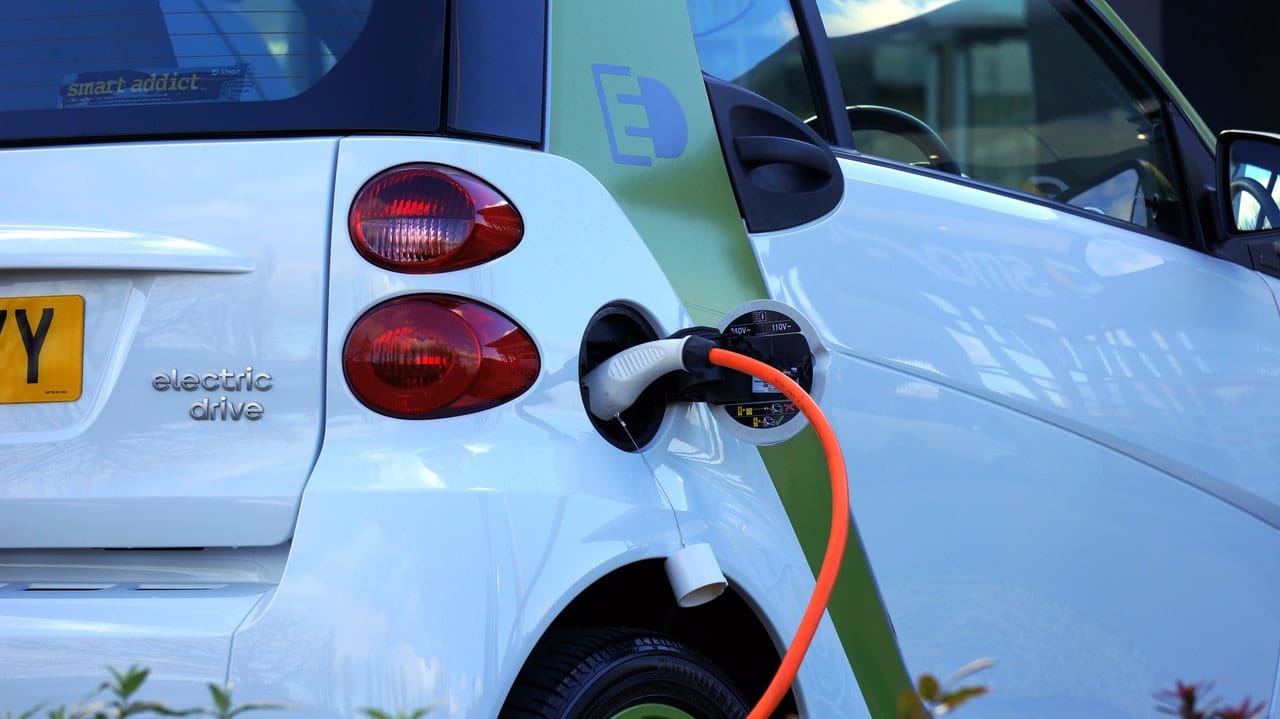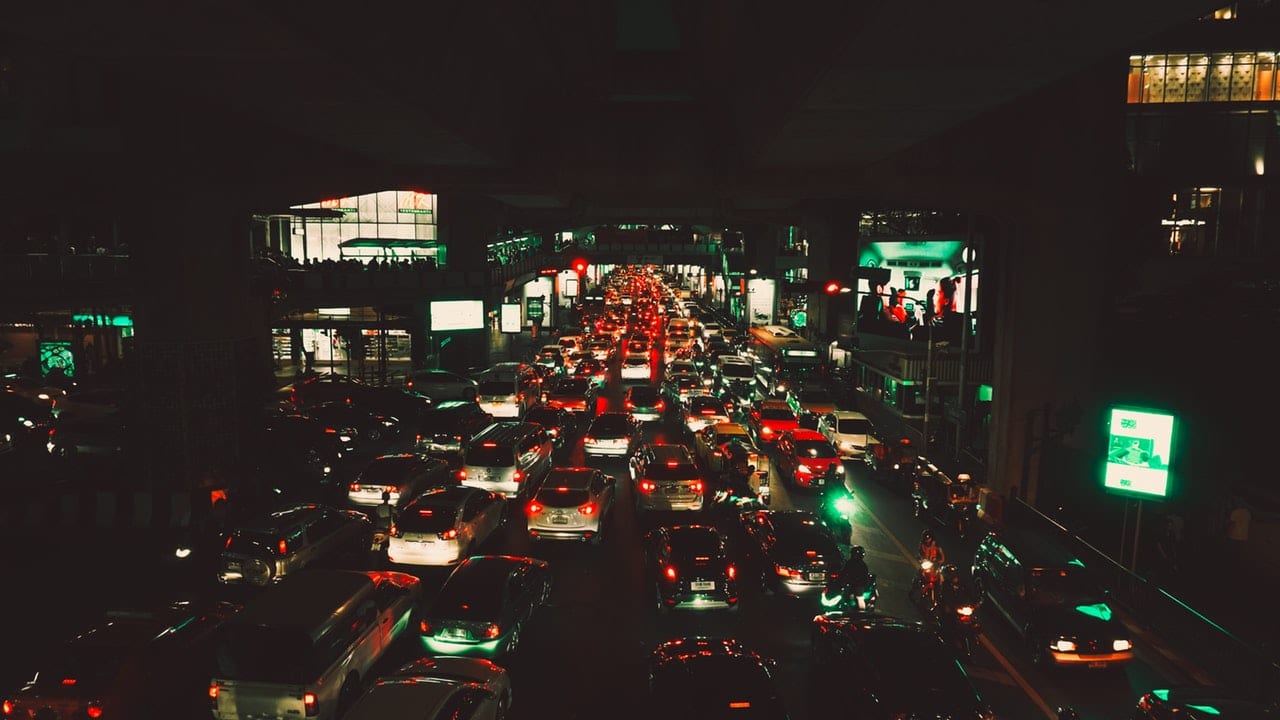The auto revolution is right around the corner. Electric vehicles, self-driving cars, smart technology, and smartphone apps are changing the way Americans get around. But cities are stuck in the past, refusing to legislate for self-driving vehicles, fighting with ride-hailing apps like Uber and kicking them out, and arguing about how many minutes a new bike lane adds to commute times. It’s time for cities to catch up; these are 4 places where municipalities across North American can start.
IMAGE: PEXELS
1. Stop Fighting Ride Hailing Apps
[pullquote]Ride-hailing apps are making cab rides quicker and cheaper for city dwellers.[/pullquote] People want companies like Uber and Lyft and it’s time for cities to stop fighting them. In Austin, unreasonable demands sent Uber packing, only for state legislation to change in Uber’s favor.
But other cities have managed to come up with regulations on ride-hailing that work for everyone; in 2016, the city of Toronto and Uber came to an agreement on pricing, insurance, and over 100 new regulations to fit the company in with Toronto’s strictly regulated cab licensing system. Compromise is possible and cities around the world should take note.
2. Plan A Response To Federal Regulations
Cities have lost the right to regulate self-driving cars on their streets. After dragging their feet on legislation, cities and states alike now find their local regulations on self-driving cars trumped by federal regulations, thanks to a new bill from Congress. Cities still have some wiggle room to decide how self-driving cars will integrate on their streets, and they should start drafting plans to respond to self-driving cars now. As cities have seen in the past, mistakes made during a rush to adopt a new transportation technology can leave scars on cities for decades.
3. Find The Pedestrian Fix
[pullquote]One theory currently floating around urbanist circles is that pedestrians can’t wait for self-driving cars.[/pullquote] Designed to stop and avoid collisions with people and objects no matter what, self-driving cars could find themselves being bullied by pedestrians. Imagine a busy street with no gaps in traffic and a stop light two blocks up, but your destination is just across the road. With self-driving cars, why not just step into the road and let traffic wait for you?
The fix will almost certainly have to come from municipalities, which means the world will see a true patchwork of solutions. Steeper fines for jaywalking and tougher enforcement may help the issue, but others see the fix as infrastructural: constructing barriers to prevent pedestrians from accessing the road except at designated crossing.
4. Electric Charging Infrastructure
Tesla has built enough electric car infrastructure that you can drive from coast to coast across North America in an electric vehicle. But line up all the streets in New York in a straight line, and you’ve got over 6,000 miles. That’s NYC to LA twice over and then some. There’s a lot of ground to cover and cities will need to be active about improving electric vehicle infrastructure. When cities make public charging stations available, more people will find an affordable way to own a Tesla and reduce pollution.
5. Invest In Smart Transit Technology
Self-driving cars will revolutionize American streets and freeways, but there’s still a basic problem with space: in most large American cities, there are simply more cars than space on the road. Thanks to induced demand, you can’t just build more roads. The question is, will self-driving cars change any of that?
Probably not; traffic planners today blame single-occupancy traffic for congestion (where one person takes up a lot of space by driving alone). Self-driving cars open up the possibility of zero-occupancy traffic, where autonomous vehicles drop off passengers and roam the streets looking for parking. Cities can’t bank on self-driving cars solving all their transit woes, but they can invest in autonomous vehicle technology to help public transit. Self-driving buses may be the real technology that solves congestion in the future.
It’s up to cities to catch up with innovations from Silicon Valley and the Big Three to make new auto technology work for them. Will they manage to keep up?
If you are interested in even more technology-related stories and information from us here at Bit Rebels then we have a lot to choose from.


COMMENTS